Historical Architecture of Grosse Pointe – Welcome to 189 Cloverly
Last week we presented 81 Lake Shore – a grand Italian inspired residence completed in 1904, by Albert Kahn for Albert L. Stephens.
This week we stay with the Albert Kahn Mediterranean inspired residences with a visit to 189 Cloverly, built in 1927 for Julius H. Haass. Photo: courtesy of Google.com.
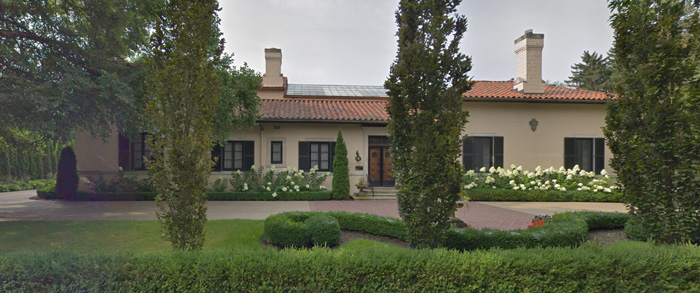
The architectural approach for 189 Cloverly is primarily Spanish Colonial Revival – a mixture of styles derived from the Mediterranean. Inspiration for this style was derived from the adobe and Spanish Colonial buildings of southern California, medieval Spanish churches and the Baroque architecture of colonial Spain and Portugal. The style grew in popularity thanks in part to the popularity of Spanish colonial buildings in the 1915 San Diego Exposition. Throughout the United States the style became popular in Southern California, New Mexico, southern Arizona, Texas and Florida. It was particularly fashionable from 1915 to 1940 and was at its height in popularity – for public buildings and residences – around 1925. One of the leading architects in this approach was Bertram Goodhue – a much sought-after architect in southern California. His designs were among the first to earn the new classification, Spanish Colonial Revival, and he also authored a book on Spanish colonial architecture in Mexico.
The typical traits of Spanish Colonial Revival architecture, which is particularly evident at 189 Cloverly, includes: a low pitched red tile roof, stucco walls, arched windows, large exposed chimneys, carved, weathered wooden door, a walled courtyard and arcaded porches. Given that several major components of this style were suited to the hot weather of southern California Albert Kahn was required to bring his own interpretation of this approach to 189 Cloverly. Where the weather is inappropriate for an open courtyard, Kahn, in a brilliant move created a soaring 2-story 27’ glass covered atrium to create a massive covered courtyard in the center of the home. This provided what feels like a permanent outdoor space given the immense amount of light the home enjoys throughout the year. The property also includes a 19’ x 13’ sq ft grand foyer with a red tile floor, beamed and coffered ceilings, stained glass windows, and a spectacular 32’ x 24’ sq ft dining room. It is clear the Spanish Colonia Revival approach also heavily influenced the interior. Beautiful archways, exposed brick, Pewabic tile, and arched windows are present throughout the house. The property includes a living room (32’ x 21’ sq ft), family room (31’ x 20’ sq ft) a great room (32’ x 24’ sq ft), library (19’ x 13’ sq ft) a further room (36’ x 18’ sq ft), a gallery, along with seven bedrooms. The property is currently 9,000 sq ft but it is unclear what the size was when it was completed. The historic photos below (taken in 1932) are courtesy of Wayne State University Library, digital collections.

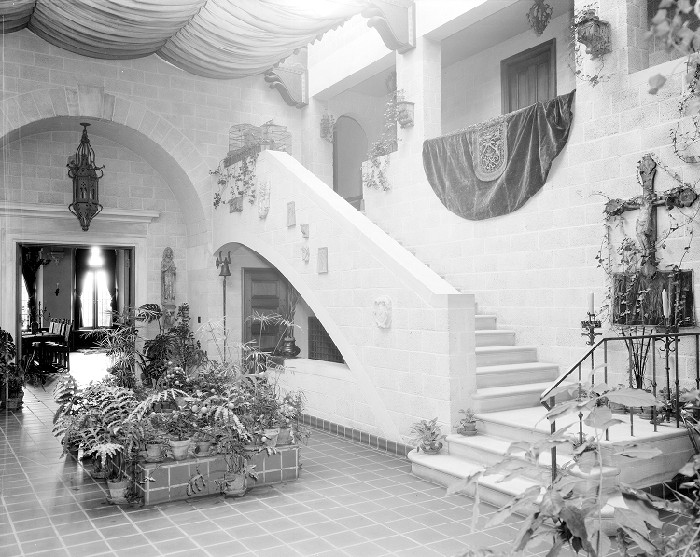
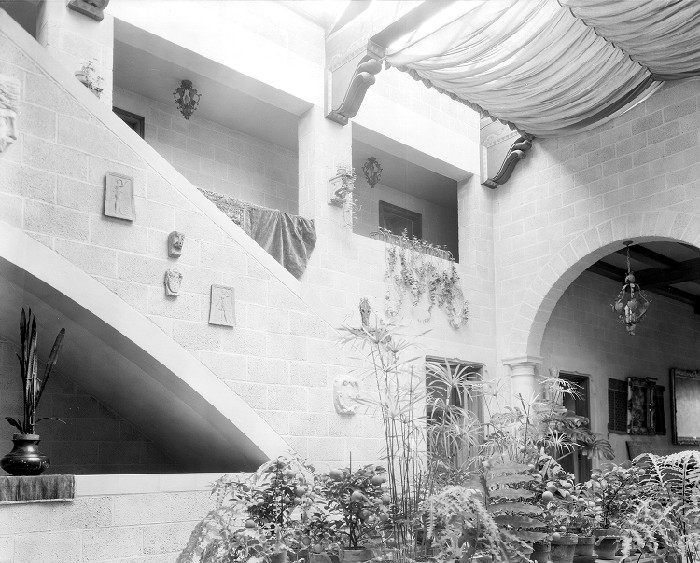
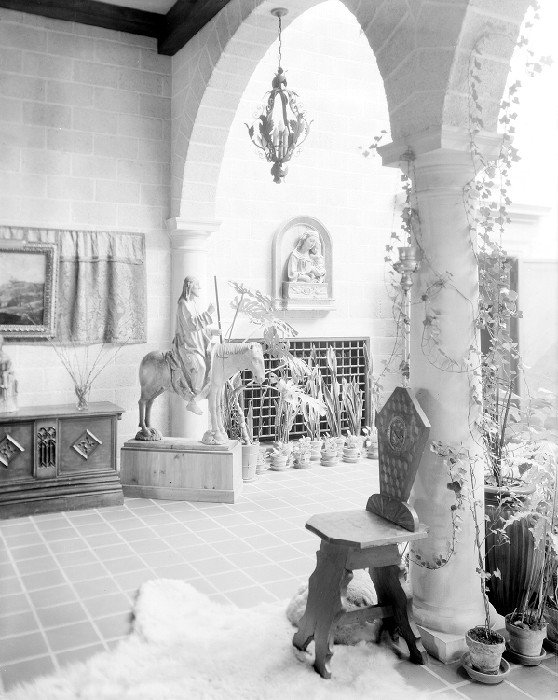
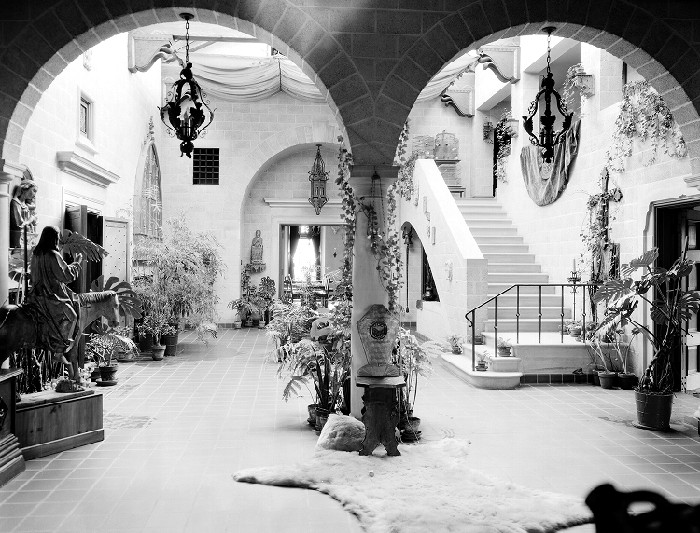
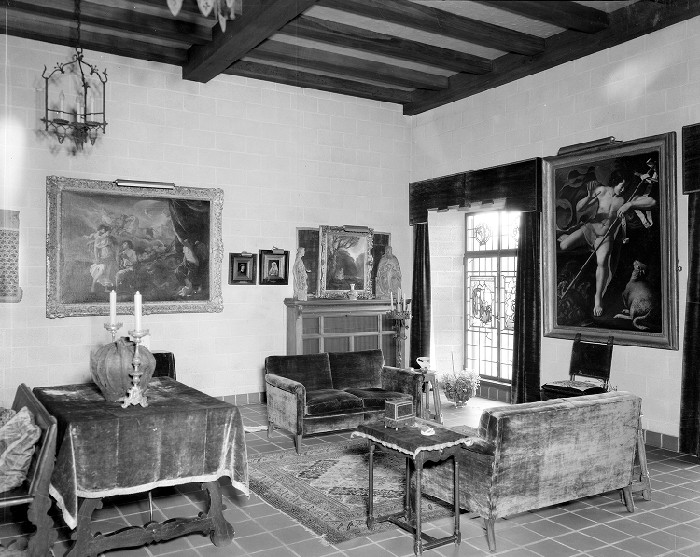
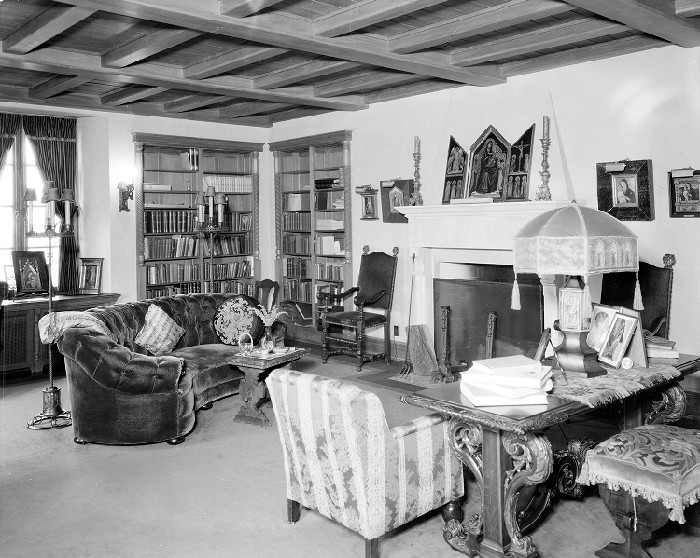
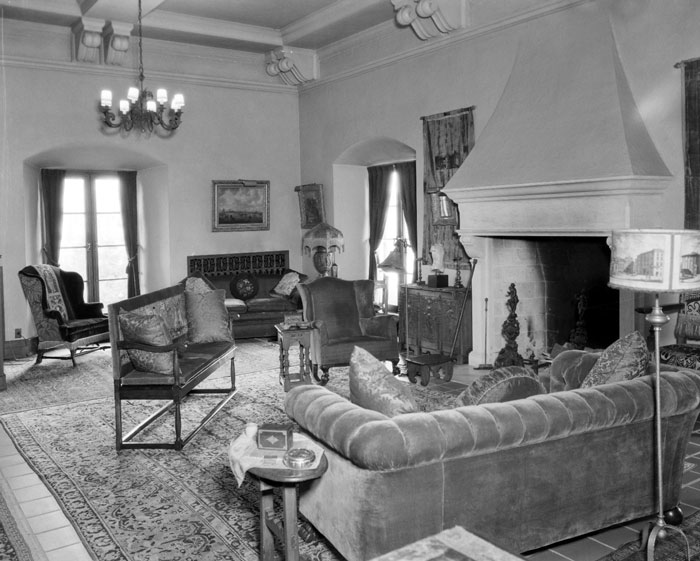
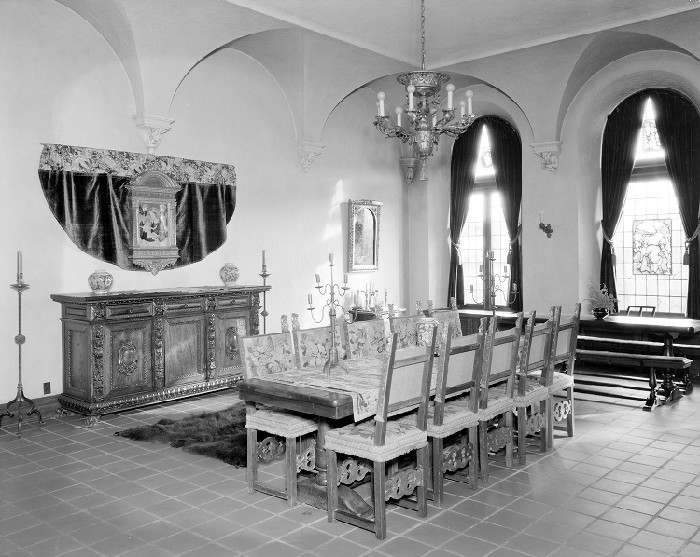
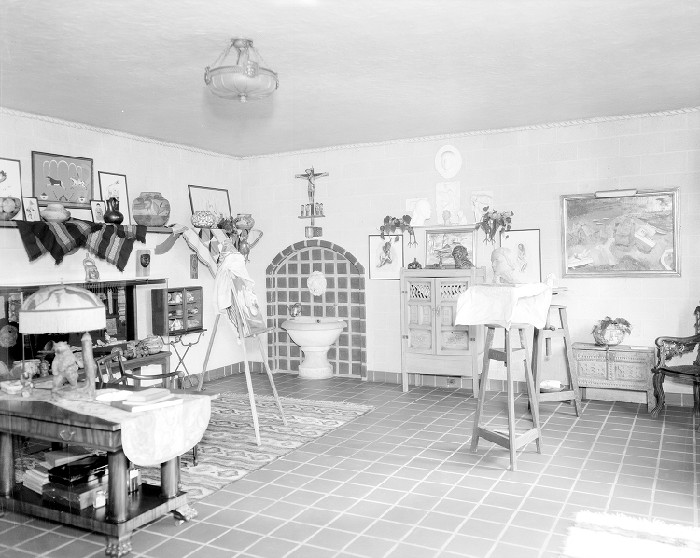
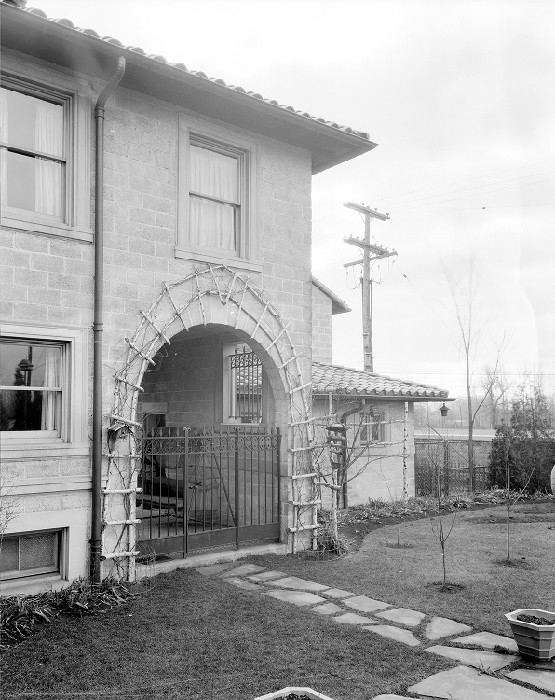
The original owner of the home was Julius Heinrich Haass, a prominent banker and art collector. Born in 1869, he became president of the Wayne County and Home Savings Bank in 1913. Prior to moving to Grosse Pointe Mr. Haass, and his wife Lillian resided at 484 Grand Boulevard East. The couple had a superb collection of fine art and antiques. As early as 1907, Mr. Haass had become a regular contributor to the DIA’s collection(s) and his increased contributions to the museum became more and more significant. He often loaned his private collections to the Museum so that the public had access and could enjoy the pieces. His donations included some fine examples of the Germanic school of painting. In 1925, he served as trustee of the Detroit Museum of Art Founders Society, and in May 1930, he was one of the four Arts Commissioners who managed the affairs of the Detroit Institute of Arts. Julius Heinrich Haass passed in 1931. After his death his wife Lillian continued their philanthropic and collecting efforts. She purchased 15th century French and Spanish paintings, along with 17th Century Dutch artworks. Sources: journals.uchicago.edu; and research.frick.org.
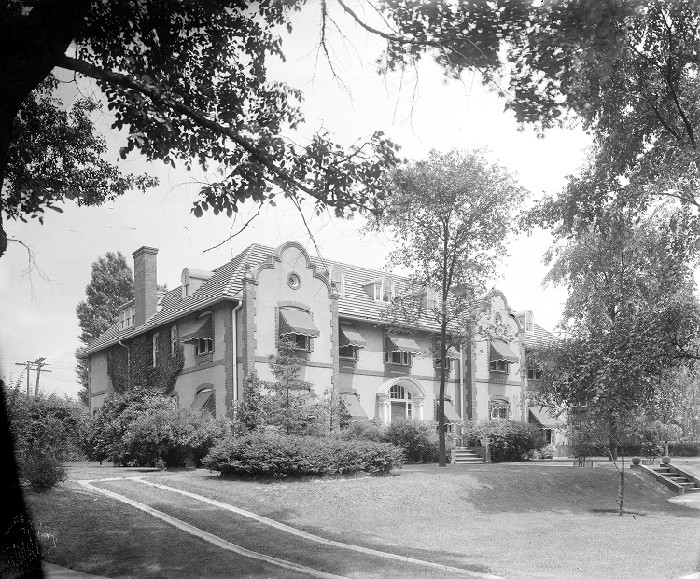
189 Cloverly is a superb example of a Spanish Colonial Revival home. And in creating this masterpiece Albert Kahn produced what was possibly one of the most unique houses constructed in Grosse Pointe during this era.
*Photos courtesy of the Higbie Maxon Agney archives unless stated.
Written by Katie Doelle
Copyright © 2020 Katie Doelle

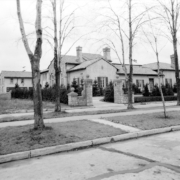
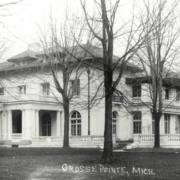
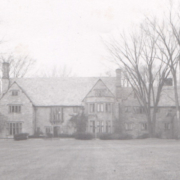
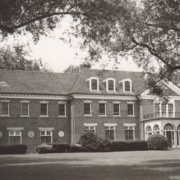
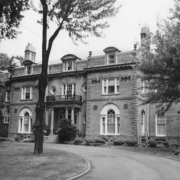
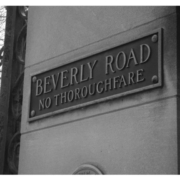
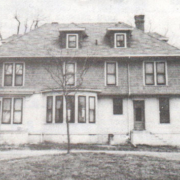
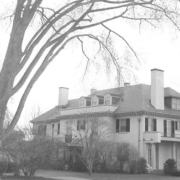
Leave a Reply
Want to join the discussion?Feel free to contribute!